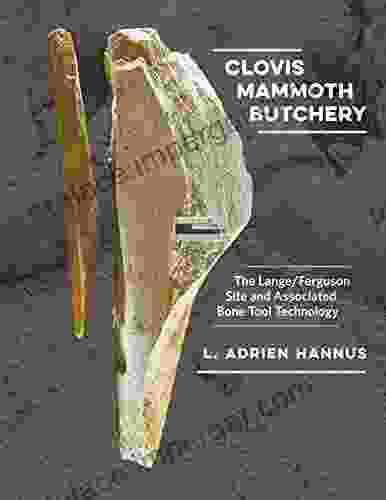Unveiling the Lange Ferguson Site: Unraveling the Enigmatic Peopling of the Northern Plains

In the heart of the vast and enigmatic Northern Plains, lies the Lange Ferguson site, an archaeological treasure that has captivated the attention of scientists and historians alike. This article delves into the captivating story of the Lange Ferguson site, exploring its significance in understanding the complex tapestry of human migration and cultural evolution in North America.
A Tapestry of Time: The Lange Ferguson Site's Archaeological Significance
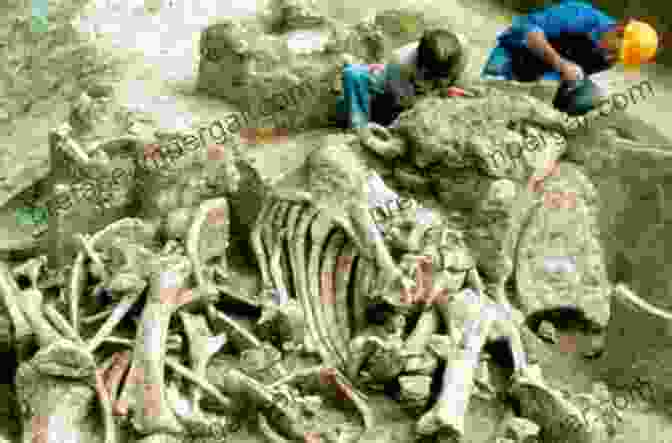
5 out of 5
| Language | : | English |
| File size | : | 62170 KB |
| Text-to-Speech | : | Enabled |
| Screen Reader | : | Supported |
| Enhanced typesetting | : | Enabled |
| Print length | : | 495 pages |
Discovered in 1982, the Lange Ferguson site is a prehistoric campsite that has yielded a wealth of artifacts and ecofacts, providing invaluable insights into the lifeways of past inhabitants. The site is situated on the high plains of northeastern Wyoming, near the headwaters of the Powder River. Its strategic location at the intersection of multiple ecological zones has made it a crossroads for human movement and interaction throughout prehistory.
Archaeological investigations at the Lange Ferguson site have revealed an occupational sequence spanning thousands of years, from the Paleoindian period (12,000-8,000 BCE) to the Late Prehistoric period (500 CE-1500 CE). The site has been occupied by a succession of cultures, each leaving its unique imprint on the archaeological record.
The Paleoindian Period: Spearheads and Bison Hunts
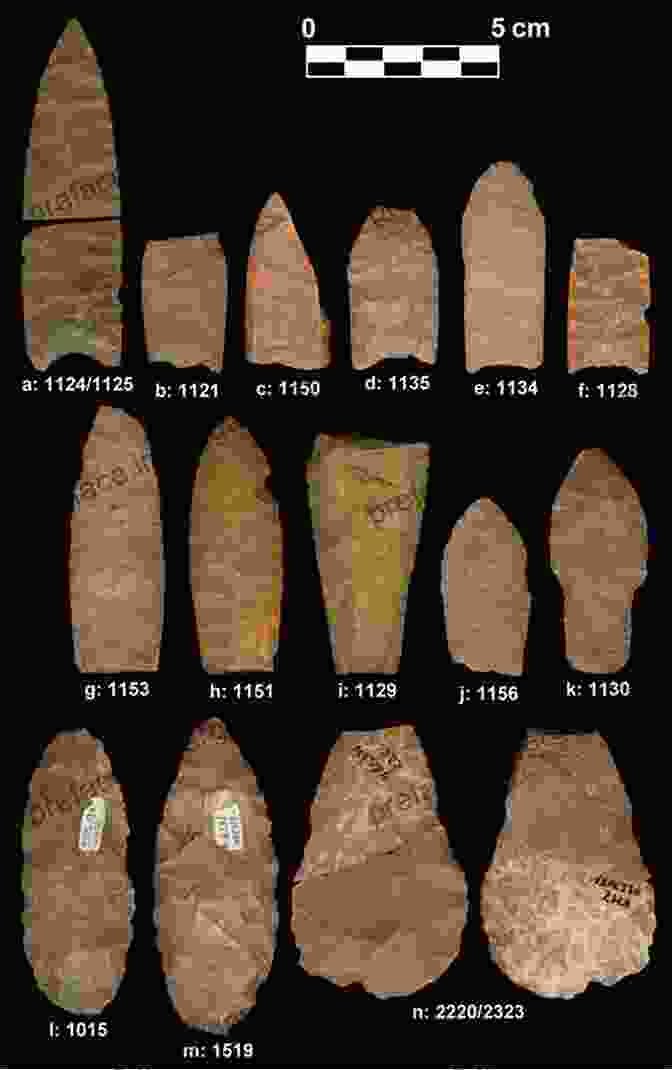
The earliest evidence of human presence at the Lange Ferguson site dates to the Paleoindian period, a time characterized by big-game hunting and the use of stone tools. Projectile points and butchering tools found at the site attest to the presence of Paleoindians who relied on hunting large mammals, such as mammoths and bison, for sustenance.
The Archaic Period: Diversification and Adaptation
As the climate warmed and the megafauna of the Ice Age dwindled, the people of the Archaic period (8,000-500 BCE) at the Lange Ferguson site adapted to a more diverse and challenging environment. They developed new hunting and gathering strategies, targeting smaller game and exploiting plant resources more интенсивно.
Archaeological evidence suggests that Archaic period occupants of the site also engaged in specialized activities, such as hide tanning and tool making. The presence of bone awls, scrapers, and other tools indicates the importance of crafting tasks in their daily lives.
The Late Prehistoric Period: Agriculture and Village Life
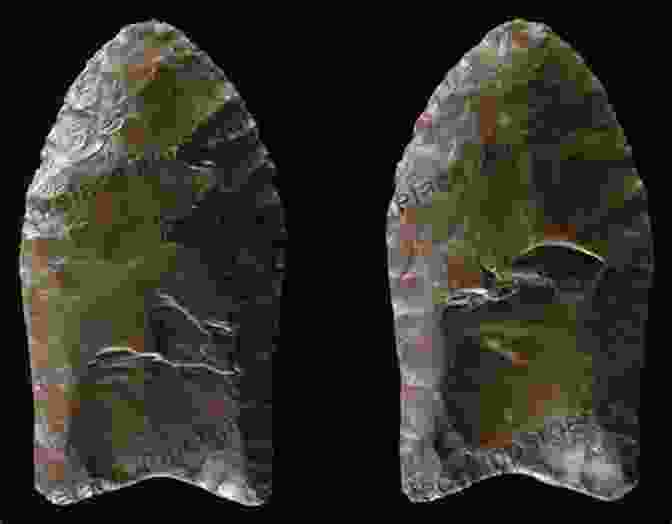
The Late Prehistoric period (500 CE-1500 CE) witnessed significant cultural changes at the Lange Ferguson site. The of agriculture, likely through contacts with neighboring groups, had a profound impact on the lifeways of the inhabitants. The presence of pottery, ceramic fragments, and storage pits suggests that people began to cultivate crops and settle in more permanent villages.
In addition to agriculture, the Late Prehistoric period at the Lange Ferguson site is also characterized by the emergence of new technologies and artistic styles. Arrow points and ceramic designs show influences from different cultural groups, highlighting the site's role as a crossroads for interaction and exchange.
The Lange Ferguson Bone Tools: A Technological Masterpiece
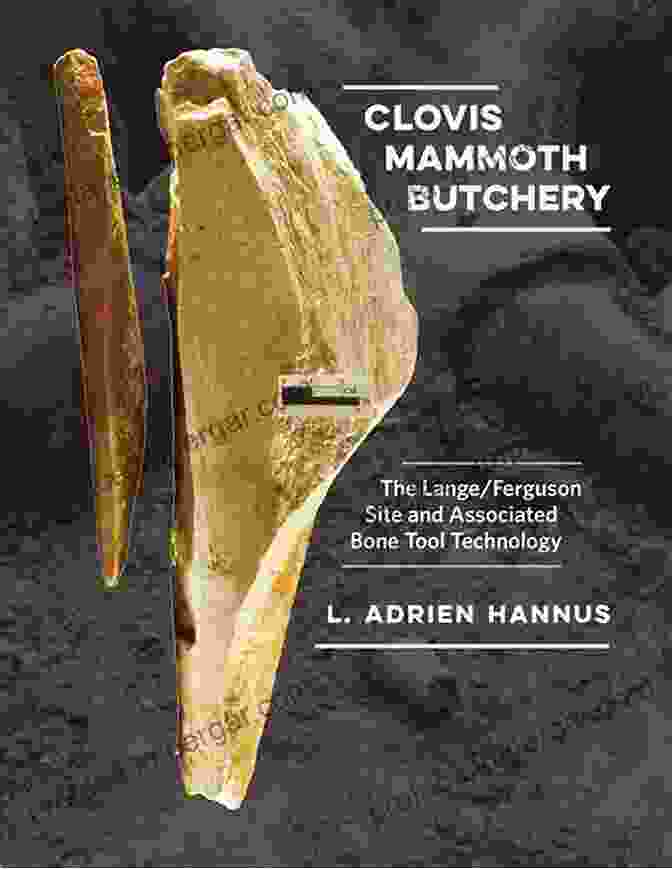
Throughout its occupational history, the Lange Ferguson site has yielded a remarkable collection of bone tools, demonstrating the ingenuity and skill of its inhabitants. These tools were meticulously crafted from the bones of various animals, including bison, pronghorns, and deer.
The bone tools from the Lange Ferguson site exhibit a wide range of forms and functions. They include awls for sewing and hide processing, scrapers for preparing hides and tools, needles for basketry and weaving, and flakers for making stone tools. The intricate designs and delicate workmanship of these tools are a testament to the artistic and technological prowess of the site's occupants.
The production and use of bone tools at the Lange Ferguson site provide valuable insights into the technological and cultural development of the people who lived there. These tools were essential for a variety of tasks, from everyday subsistence activities to the creation of ritual and ceremonial objects.
The People of the Lange Ferguson Site: A Cultural Mosaic
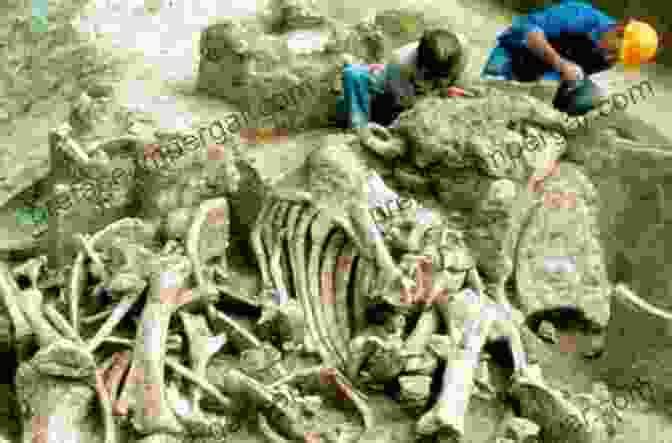
Analysis of human remains from the Lange Ferguson site has provided valuable information about the physical characteristics and cultural practices of its inhabitants. The people who lived there were a diverse group, showing genetic and cultural influences from both the eastern and western regions of North America.
Physical anthropologists have found evidence of both dolichocephalic (long-headed) and brachycephalic (short-headed) individuals at the Lange Ferguson site. This suggests that the population was not isolated but had contacts with other groups in neighboring regions.
Archaeological evidence also points to the presence of mortuary practices that may have been influenced by both eastern and western cultural traditions. The discovery of both flexed and extended burials, as well as the presence of grave goods, suggests a complex and varied belief system.
The Lange Ferguson Site and the Peopling of the Northern Plains
The Lange Ferguson site has played a pivotal role in our understanding of the peopling of the Northern Plains. Its long and continuous occupational sequence provides a unique window into the cultural and technological development of the region's inhabitants over thousands of years.
The site's strategic location at the crossroads of multiple ecological zones made it a natural gathering place for different cultural groups. The exchange of ideas, technologies, and genetic material contributed to the rich and diverse cultural tapestry of the Northern Plains.
The Lange Ferguson site challenges traditional models of human migration and cultural diffusion in North America. It suggests that cultural development in the Northern Plains was not a linear process but rather a complex and dynamic interaction between local and external influences.
Preserving the Past: The Lange Ferguson Site Today
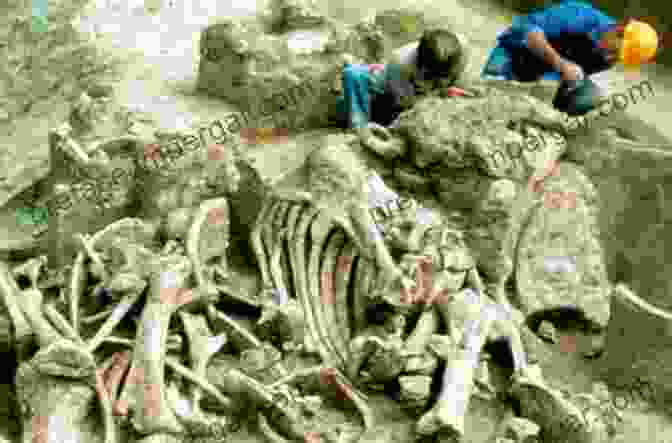
Today, the Lange Ferguson site is a protected archaeological site, managed by the Bureau of Land Management (BLM). Visitors can explore the site's trails and interpretive signs, gaining insights into the lives of its past inhabitants. The site serves as a reminder of the rich and complex history of the Northern Plains and the importance of preserving our cultural heritage.
Unveiling the Enigmas: The Lange Ferguson Book
For a more in-depth exploration of the Lange Ferguson site and its significance, delve into the captivating book, "The Lange Ferguson Site and Associated Bone Tool Technology: Peopling of the Northern Plains." This comprehensive volume, authored by renowned archaeologists Dr. George C. Frison and Dr. Dennis J. Stanford, presents a detailed account of the site's archaeological investigations, bone tool analysis, and the broader context of human migration in the Northern Plains.
The book is a valuable resource for scholars, students, and anyone interested in the rich history of the American West. Its pages unravel the enigmas of the Lange Ferguson site, shedding light on the lives, technologies, and cultural interactions of its enigmatic inhabitants.
The Lange Ferguson site is a testament to the enduring power of human ingenuity and adaptation. Its long and complex history provides invaluable insights into the peopling of the Northern Plains and the dynamic nature of cultural development in North America. Through the meticulous work of archaeologists and the preservation efforts of the BLM, the legacy of the Lange Ferguson site will continue to inspire and inform generations to come.
The book, "The Lange Ferguson Site and Associated Bone Tool Technology: Peopling of the Northern Plains," is a must-read for anyone seeking to delve deeper into the captivating story of this archaeological treasure. Its pages hold the keys to unlocking the secrets of the past, shedding light on the complex interplay between humanity and the ever-changing landscape of the Northern Plains.
5 out of 5
| Language | : | English |
| File size | : | 62170 KB |
| Text-to-Speech | : | Enabled |
| Screen Reader | : | Supported |
| Enhanced typesetting | : | Enabled |
| Print length | : | 495 pages |
Do you want to contribute by writing guest posts on this blog?
Please contact us and send us a resume of previous articles that you have written.
 Book
Book Novel
Novel Page
Page Chapter
Chapter Text
Text Story
Story Genre
Genre Reader
Reader Library
Library Paperback
Paperback E-book
E-book Magazine
Magazine Newspaper
Newspaper Paragraph
Paragraph Sentence
Sentence Bookmark
Bookmark Shelf
Shelf Glossary
Glossary Bibliography
Bibliography Foreword
Foreword Preface
Preface Synopsis
Synopsis Annotation
Annotation Footnote
Footnote Manuscript
Manuscript Scroll
Scroll Codex
Codex Tome
Tome Bestseller
Bestseller Classics
Classics Library card
Library card Narrative
Narrative Biography
Biography Autobiography
Autobiography Memoir
Memoir Reference
Reference Encyclopedia
Encyclopedia Dr Mike Moreno
Dr Mike Moreno Dr Richard Oppenlander
Dr Richard Oppenlander Eboni Nicole Beverly
Eboni Nicole Beverly Edgar D Whitcomb
Edgar D Whitcomb Edward Charles Valandra
Edward Charles Valandra Donald N Maynard
Donald N Maynard Sondra Solovay
Sondra Solovay Donald Langmead
Donald Langmead Rob Wallace
Rob Wallace Zhuangzi
Zhuangzi William E Fry
William E Fry Dmitry S Gorbunov
Dmitry S Gorbunov Jane Burbank
Jane Burbank Nicholas Roerich
Nicholas Roerich Edward Berenson
Edward Berenson Dominik Landwehr
Dominik Landwehr Dr Nicole Apelian
Dr Nicole Apelian Dorothy Littell Greco
Dorothy Littell Greco Tom Carroll
Tom Carroll Dr Jennifer R Mercieca
Dr Jennifer R Mercieca
Light bulbAdvertise smarter! Our strategic ad space ensures maximum exposure. Reserve your spot today!

 Nikolai GogolUnveiling the Epic Confrontation: The IV SS Panzerkorps and the Battles for...
Nikolai GogolUnveiling the Epic Confrontation: The IV SS Panzerkorps and the Battles for...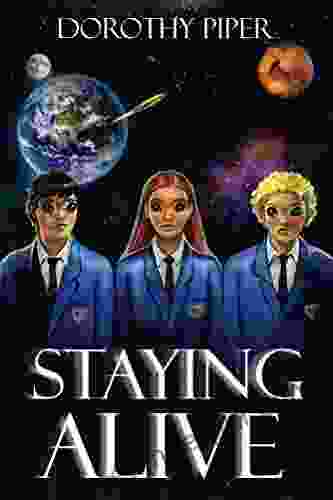
 Trevor Bell**Staying Alive: A Must-Read for Navigating Life's Uncertainties with Courage...
Trevor Bell**Staying Alive: A Must-Read for Navigating Life's Uncertainties with Courage...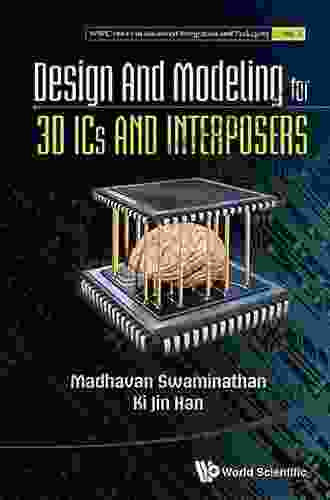
 J.R.R. TolkienUnveiling the Revolutionary Design and Modeling for 3D ICs and Interposers: A...
J.R.R. TolkienUnveiling the Revolutionary Design and Modeling for 3D ICs and Interposers: A... Jeffrey HayesFollow ·13.8k
Jeffrey HayesFollow ·13.8k Jesse BellFollow ·14.5k
Jesse BellFollow ·14.5k Robert BrowningFollow ·15.4k
Robert BrowningFollow ·15.4k Beau CarterFollow ·15.7k
Beau CarterFollow ·15.7k Anton ChekhovFollow ·4.1k
Anton ChekhovFollow ·4.1k Demetrius CarterFollow ·13.1k
Demetrius CarterFollow ·13.1k Jason ReedFollow ·7.6k
Jason ReedFollow ·7.6k Hunter MitchellFollow ·8.4k
Hunter MitchellFollow ·8.4k

 Donovan Carter
Donovan CarterUnveiling the Tapestry of Western Civilization:...
: Step into the annals of Western...

 Pablo Neruda
Pablo NerudaUnveil the Secrets: The Welsh Murder Mysteries
Prepare to be captivated as...

 Benji Powell
Benji PowellNot Without Our Consent: Lakota Resistance to...
In the mid-20th...
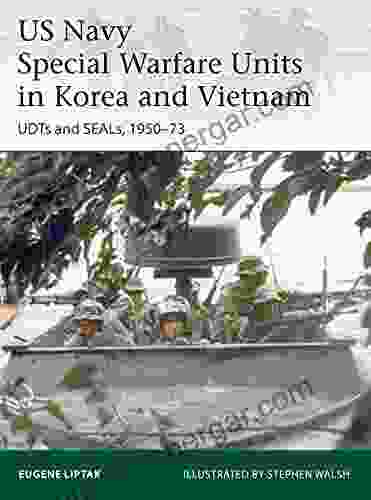
 Ryan Foster
Ryan FosterUncover the Heroic Exploits of U.S. Navy Special Warfare...
The annals of modern warfare are replete...

 Gage Hayes
Gage HayesPlan to Provide Quality Care for All While Saving...
The healthcare...

 Felix Carter
Felix CarterUnveiling the Timeless Wisdom of Machiavelli: The...
Niccolò...
5 out of 5
| Language | : | English |
| File size | : | 62170 KB |
| Text-to-Speech | : | Enabled |
| Screen Reader | : | Supported |
| Enhanced typesetting | : | Enabled |
| Print length | : | 495 pages |


